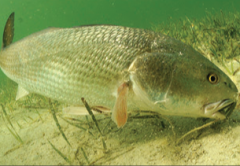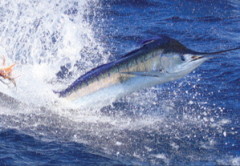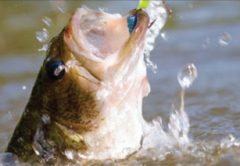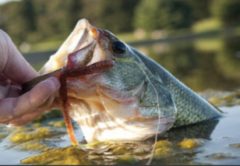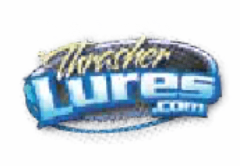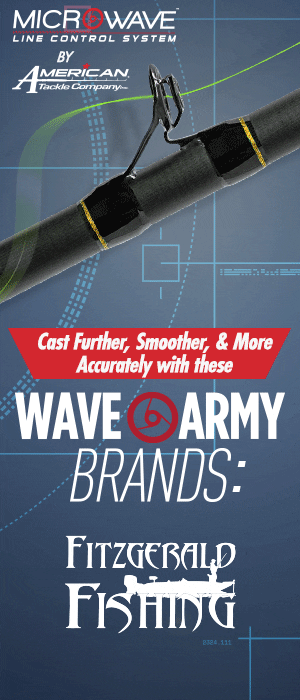Summer pattern fishing is here. The fish eat early in the morning, late evening, and at night. Bass, panfish, and catfish are going to bite if you fish where they live and fish when they feed.
Early morning means before daylight until around 9:00 am. Take advantage of schooling bass at the mouths of the lakes where the St. Johns exits the lakes. Lipless crankbaits like a Rattle Trap, or a shallow suspending slash bait, or a white colored fluke will get lots of action. When you see them swirling on bait, don’t blind cast or fan cast, the key is to land the bait right on top of the surface striking fish. Wait to see the fish striking shad on top and then quickly and accurately place the lure. If the feeding fish misses the shad, it will take the lure. If the feeding fish eats the shad, another schoolie will take the lure – the key is a fast, accurate presentation. For nighttime, fishing on a calm night with a big moon and a black-colored topwater Jitterbug or a 10-inch black worm dead sticked on the bottom is sure to draw the big bass strike.
Panfish are eating crickets and insects on days they have a hatch. Target them on the downstream bends adjacent to deeper water. Fish moving water but look for the areas where the flow creates eddies and slower water. In the lakes, use red worms over sandy or shell bottom. Catfish like to feed where the water is fast moving. After a couple days of heavy rain, target them in deep bends with just enough weight to hold bottom and a half a piece of fresh peeled shrimp. Try an egg sinker to allow the bait to slowly roll. Cast upstream of the deep holes in the river bend and allow it to roll down the drop off and into the hole.




